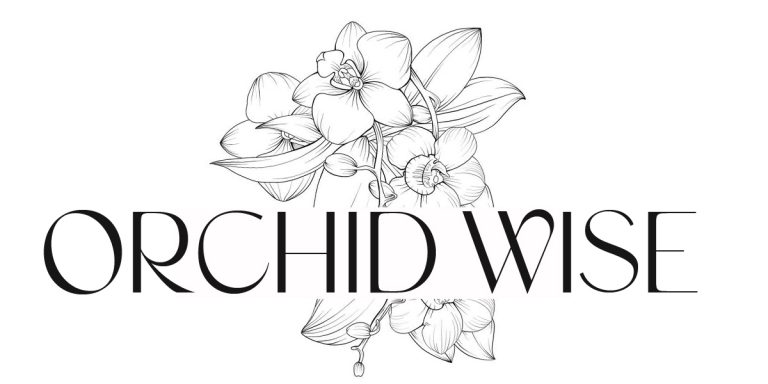In this series of articles we showcase the somewhat lesser known area of Cymbidium history. The Cymbidium Primary Hybrid. Cymbidium Primary Hybrid’s are the result of crossing two Cymbidium species plants, and these crosses have created some stunning plants. And it is where all of our modern hybrids have originally come from.
Cymbidium Rosefieldense is the Primary Hybrid crossing of Cymbidium hookerianum x Cymbidium tracyanum.
This Cymbidium Primary Hybrid was described and registered with the Royal Horticultural Society (RHS) in 1908 by Lionel Henry de Barri Crawshay.
Lionel Henry de Barri Crawshay was born in 1881. The son of De Barri Crawshaw and Rose Mary Crawshay of “Rosefield” Kippington, who lived near Sevenoaks in the southeast of England.
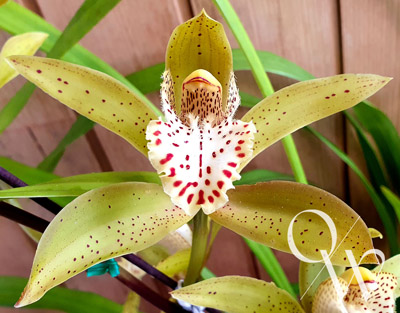
Crawshay was the grandson of Francis Crawshay, a Welsh ironmaster who owned coal mines and foundries and lived at Bradbourne House, Sevenoaks from 1870.
Lionel was a naturalist and botanist; and like his father, he took a particular interest in orchids and compiled six volumes of notes on Botany during his short life.
Crawshay was a serviceman and enlisted in the 2/4th (Territorial Force) Battalion, The Queen’s (Royal West Surrey Regiment), at Maidstone and was killed on 4 May 1917 aged 34, when the S.S. Transylvania was torpedoed in the Mediterranean. He is buried in Savona, Italy, and commemorated on the Kippington war memorial in the U.K..
Although Crawshay’s interest in Orchids was extensive, Crawshay seemed to favour Oncidiums mostly, and a large number of hybrids are registered in his name. It appears that Cym. Rosefieldense was the only Cymbidium hybrid Crawshay described.
It seems Cym. Rosefieldense was an obvious and easy hybrid to make back in the day.
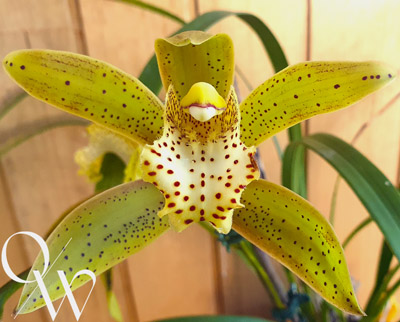
Both species parents, Cym. hookerianum and Cym. tracyanum flower around the same time and the hybrid has produced large greens and greeny yellow flowers with spots on long arching spikes. Cym. Rosefieldense has some of the largest flowers of the Cymbidium genus, and the above are all traits obviously passed down from both parents, but the bonus is that it, like both parents, is also strongly scented. When staked up and left to arch, the spikes put on a great show and several in the one area fill it with a lovely fragrance!
Cym. Rosefieldense is a pretty robust plant in cultivation
It has large pseudobulbs and can grow quite quickly into a specimen-sized plant. I have been growing Cym. Rosefieldense for over 10 years now and I have a couple of very large plants in the shade house, as well as some smaller ones. As with all Cymbidiums, growing under 50% shadecloth is probably the best mix of light and shade. For me, Cym. Rosefieldense does not enjoy wet feet or soggy roots, so I keep the plant on the drier side to avoid any bulb rot.
The two photos above are an example of two different plants in my collection and the slight variation in them. I’ve never seen Cym. Rosefieldense look any different to these photos, and I’ve often wondered what sort of variations we might see from a selfing of the plant. Maybe that is something I’ll have to try in the future?
I also believe Cym. Rosefieldense was awarded an Award of Merit by the RHS soon after being first registered, but it seems to have fallen out of favour with growers since!
If obtaining an old plant from a backyard hobbyist, please make sure it is clean from virus. These older plants are often in poor shape due to the three main viruses that attack our plants. Please have a read of our brief introduction to viruses and then our detailed explanation on them to gain a full understanding on the serious consequences these viruses have for us all.
A case of mistaken identity…
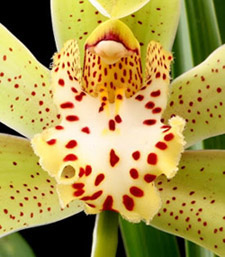
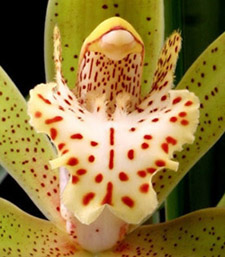
Cym. Rosefieldense is often confused by many with another similar looking plant – Cym. Grand Monarch (Cym. hookerianum x Cym. Wiganianum). Cym. Grand Monarch is a much less commonly found plant in cultivation and is on many a grower’s wish list!
Cym. Rosefieldense is also commonly advertised on Facebook Marketplace and eBay as Cym. Grand Monarch, however the two are visibly very different, but it takes some learning to spot the differences quickly.
And with the assistance of several breeders and knowledgeable Cymbidium elders, and lots of familiarisation with Cym. Rosefieldense, here are those differences:
Cym. Rosefieldense has darker green petals with denser/smaller spots. The flower is about as wide as it is tall with all segments narrower/shorter than Cym. Grand Monarch, and the calli is white with long hairs on it.
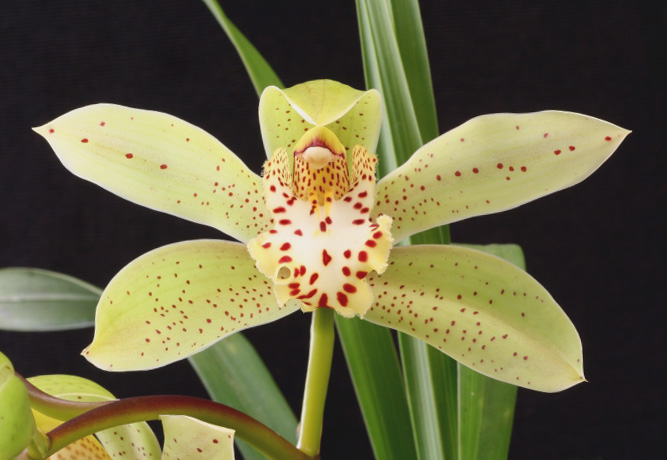
Cym. Grand Monarch has whitish green/yellow petals (lighter than Cym. Rosefieldense) with fewer and larger spots. All segments are broader and longer. The flower is wider than it is tall and the calli is yellow with short dense hairs.
The key here is to look at the calli on the labellum. There is no way to get yellow calli from a direct cross of Cym. hookerianum and Cym. tracyanum (Cym. Rosefieldense). Alternatively, you can only get a yellow callus with short hairs by introducing Cym. eburneum into the mix.
The future with Cym. Rosefieldense?
Well, who knows…….
Although there have been 15 hybrid crossings made using Cym. Rosefieldense as a parent, no new hybrids have been registered with the RHS for more than 60 years! And I wonder why that is? It is a great big flower and fragrant, and the colour is nice too. Given it’s proliferation, in days gone by it was popular with the back yard hobbyist.
Cym. Rosefieldense has some good qualities so why have breeders not bred with it and why did it fall out of favour? Well, firstly, as with all species/primary hybrid and older diploid flowers, they just aren’t accepted by modern judging standards. Cym. Rosefieldence also has large bulbs and grows into a very large plant, so I suspect it is too large a plant for the backyard these days…. Most pot plant breeders are heading away from large plants with arching spikes to produce more compact plants with smaller bulbs and upright spikes. No surprises there I guess…..
I do think, though, that there may be some use for Cym. Rosefieldense in future breeding in an attempt to pass on the perfume and some spotting to progeny, and maybe a tetraploid version of the plant could assist with breeding…..however we will need to reduce the size of the plant for it to become more accepted.
I can tell you though, Cym. Rosefieldence is one of my favourite Cymbidium Primary Hybrids and it will always have a space in my shade house, and I will have some new breeding using this plant for you soon! Both diploid and tetraploid………So watch this space!
